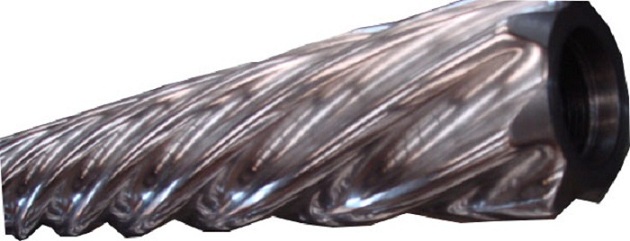LED screens are divided into indoor led large screens and outdoor LED screens according to the use environment; LED screens are divided into single-color LED screens, dual-color LED screens and full-color LED screens according to display colors; LED screens can be divided into 16 levels according to gray levels. , 32, 64, 128, 256-level gray LED screens, etc.; LED display screen according to the display performance is divided into text LED screen, graphic LED screen, synchronous video LED screen, TV video LED screen and so on.
LED display system architecture
Display unit: This is the main part of the LED display screen and consists of a light emitting material and a drive circuit. The indoor screen is a variety of unit display panels, and the outdoor screen is the unit cabinet. The main controller: The role is to buffer the input RGB digital video signal, grayscale conversion, reorganization, and produce a variety of control signals.
Switching power supply: The purpose is to convert 220V AC power into various DC circuits for various circuits.
Transmission cable: Display data and various control signals generated by the master controller are transmitted to the screen body by the twisted pair cable.
Scan Controller: The function of this board is data buffering, generating various scan signals and duty cycle grayscale control signals.
Dedicated display cards and multimedia cards (video cards): In addition to the basic functions of a computer display card, LED full-color dedicated display cards also output digital RGB signals and line, field, and blanking signals to the main control unit. In addition to the above functions, the multimedia card can also convert the input analog Video signal into a digital RGB signal (ie, video capture). Other signal sources and their external devices: including computers, televisions, Blu-ray, DVD, VCD, camcorders, etc.
Led display with LED drive product introduction led display as a high-tech product has attracted people's attention, the use of computer control, the integration of light and electric smart full-color display has been applied in a wide range of applications. The pixels are LED light emitting diodes, and many of the light emitting diodes are arrayed in a lattice fashion to form an LED array, thereby forming an LED screen. With different LED driving modes, images with different effects can be obtained. Therefore, the advantages and disadvantages of the LED driver chip play an important role in the display quality of the led display. LED driver chips can be divided into general-purpose chips and special-purpose chips. General-purpose chips are generally used for low-end products of LED display, such as indoor single-color, two-color screens. The most commonly used general-purpose chip is the 74HC595, which has an 8-bit latch, a serial shift register, and a tri-state output function. Each circuit can output a non-constant current of 35mA.
Since the LED is a current-characteristic device, that is, under the premise of saturation conduction, the brightness of the LED changes with the change of the current, and does not change with the voltage at both ends thereof. The biggest characteristic of the special chip is to provide a constant current source output, ensure the stable driving of the LED, and eliminate the flickering phenomenon of the LED. With the characteristics of large output current and constant current, it is suitable for occasions requiring large current and high picture quality, such as outdoor full-color screen, indoor full-color screen, etc.
The key indicators of the LED include: Maximum output current: Current mainstream constant current source LED driver chip maximum output current is about 90mA per channel. It is more significant for the display to output the maximum value of the constant current at the same time for each channel, because in the white balance state, it is required to output the constant current at the same time for each channel.
Constant Current Output Channels: The constant current source output channels are available in 8-bit and 16-bit versions. Currently, 16-bit output is dominant. The main advantage is that the chip size is reduced and the LED driver board (PCB) is easily routed, especially for the dot pitch. The smaller LED driver board is more advantageous.
Data shift clock: It determines the transmission speed of display data and is a key indicator that affects the update rate of the display screen. As a large-sized display device, the display refresh rate should be above 85 Hz to ensure a stable picture (no scanning flicker). A higher data shift clock is the basis for the display to obtain a high refresh rate picture. At present, the mainstream constant current source driving chip shift clock frequency is generally above 15MHz~25MHz
Motor assembly and parts consist of stator and rotor. Stator is made by squeezing rubber sleeve on the wall of the steel tube. There forms spiral structure with a certain geometric parameter. Rotor is a crome-plated screw rod.
The basic principle of downhole motor goes like this: stator and rotor matches with each other, to form spiral line and seal cavity through their guide rail difference. With rotor running in the stator, the seal cavity is moving along its axial direction, continuously forms and disappears to complete its energy conversion.

